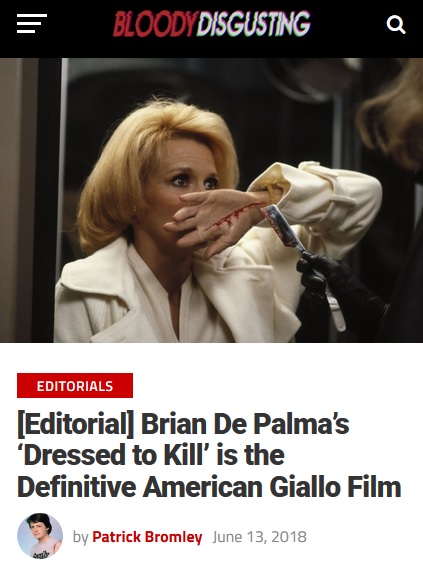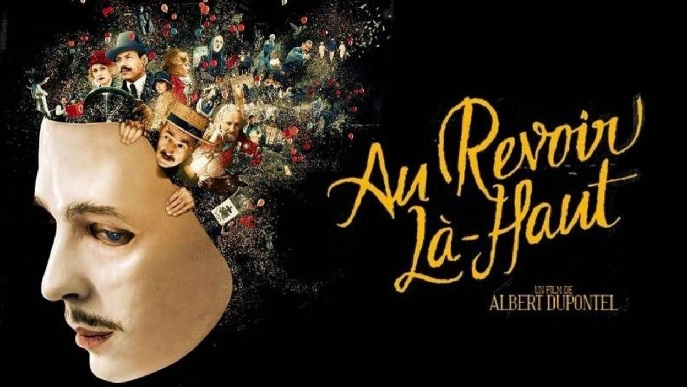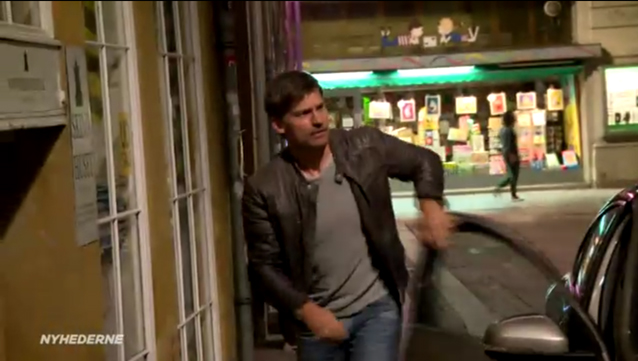While completing the editing of Blow Out, De Palma was approached by producer Martin Bregman about remaking Hawks's Scarface with Pacino as its star. De Palma was intrigued by Bregman's idea-- which at that point was Scarface as a period piece, set during the early 1930s-- and began working on a script with the playwright David Rabe. (De Palma had collaborated with Rabe off-Broadway, in a revival of the 1971 play The Basic Training of Pavlo Hummel, and on an early version of Prince of the City, which, with a different script, would eventually be directed by Sidney Lumet.)But De Palma and Rabe never found a way to do the story that pleased them, and so they bowed out of Bregman's project, which the producer then took to-- in a tidy coincidence-- Sidney Lumet. Bregman paired Lumet with Oliver Stone. "I brought Stone in," Bregman told me. "I'd known him for years. I'd once optioned a script he'd written that I couldn't get anyone to make and that film was Platoon." (Ah, the ones that get away, eh?)
"Oliver was a wonderful writer and had experienced the ups and downs of cocaine. I'm not telling you anything out of school, because he'd tell you the same thing." And indeed Stone has, to me and in numerous interviews...
Stone's druggy days are, even in his own mind, legion. "I'll admit that cocaine kicked my ass. It's one of the things that beat me in life," he's said. "Cocaine took me to the edge."
Stone ticks off this era of his filmography as something of a pharmaceutical event: "Conan was written on cocaine and downers. The drug period was from Conan through The Hand, and into my research for Scarface.
Stone seized on Lumet's idea to transform Scarface from a '30s Chicago gangster to an '80s Cuban immigrant-turned-gangster. "Scarface grew out of this Lumet idea of the Marielitos coming to America, the brazenness, the drug trade, making it big, taking over from the old Cuban mob." Stone has said, "The Marielitos at the time had gained a lot of publicity for their open brazenness. The Marielitos were the 'crazies.' They were deported by castro in 1981 to America... it was perceived he was dumping all the criminals into the American system. According to the police enforcement in Miami Beach, they were the poorest people, the roughest people in the prisons, who would kill for a dollar. How could you get this outlandish, operatic character inside an American, contemporary framework?... That was the artistic challenge."
Stone did a lot of first-person research "in Florida and the Caribbean. I had been in South America [and] I saw quite a bit of the drug trade from the legal point of view as well as the gangster point of view... There's no law down there; they'll just shoot you in your hotel room. It got hairy; it gave me all this color. I wanted to do a sun-drenched, tropical, Third World gangster, sexy Miami movie."
Bregman told me that he, too, went with Stone on some of these expeditions: "We spent a good deal of time in Florida. Pretty much everything I saw was in the film. The way the big drug lords were depicted were [as] very successful businessmen, and their business was cocaine."
Stone lit out for Paris to complete the script. "I moved to Paris and got out of the cocaine world," he told Creative Screenwriting. "I was an addictive personality. I did it... to where I was stale mentally... I moved to Paris to try and get into another world... and I wrote the script totally fucking cold sober."
But when Stone turned in his script, Lumet balked, considering Stone's work florid, melodramatic, and simplistic-- more the blueprint for an exploitation film than the movie of ideas that Lumet had envisioned. He wanted to explore the politics and human plight of an immigrant who is forced by circumstance into crime. Stone says, "Sidney did not understand my script, whereas Bregman wanted to continue in that direction with Al."
Bregman put it to me more bluntly: "When I had completed the script"-- these producers, they take credit for everything, don't they?-- "Pacino wanted Sidney, okay? I had made two successful films with Lumet and Al, Dog Day Afternoon and Serpico, so I wasn't opposed to that. Sidney's a good director, and in my discussions with him, that's how the whole liquor [theme] changed to cocaine. But then Sidney said, 'I have a problem with this script. The problem is it's not political enough. I see the Reagan administration being heavily involved in the cocaine world.' Which is a crock of shit. There was nothing political about [the cocaine trade]-- it was a business."
For his part, Lumet says that he objected to "the corny elements" in the script, specifically the sentimental portrayal of Tony's mother and sister. "I also wanted to introduce political ramifications, exploring the CIA's involvement of drugs as part of their anti-Communist drive. I didn't want to do it on just a gangster or cop level. As it stood, it was a comic strip."
"And I wasn't about to do anything that would indict [then-President] Reagan, over something he had nothing to do with," retorts Bregman. "He wasn't involved in the cocaine world. At that point I said to Sidney, 'We're talking about a different film. Go make it. It's not this film.' So we separated.
 François Ozon's Double Lover was released on Blu-ray and DVD last week-- if you haven't seen it yet, I highly recommend it: a boldly stylish sexual thriller with some truly audacious images. The discs include a 17-minute interview with Ozon and lead actress Marine Vacth, conducted by Richard Peña at the Quad Cinema in New York. When Peña asks how Ozon became interested in adapting a novel by Joyce Carol Oates, Ozon replies:
François Ozon's Double Lover was released on Blu-ray and DVD last week-- if you haven't seen it yet, I highly recommend it: a boldly stylish sexual thriller with some truly audacious images. The discs include a 17-minute interview with Ozon and lead actress Marine Vacth, conducted by Richard Peña at the Quad Cinema in New York. When Peña asks how Ozon became interested in adapting a novel by Joyce Carol Oates, Ozon replies:



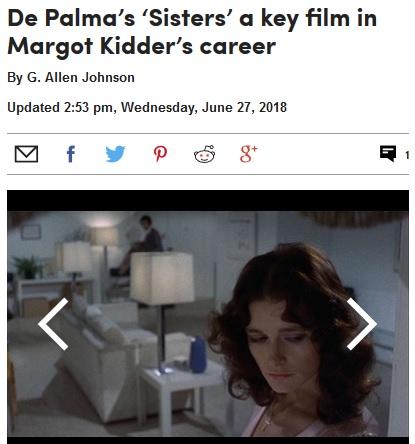

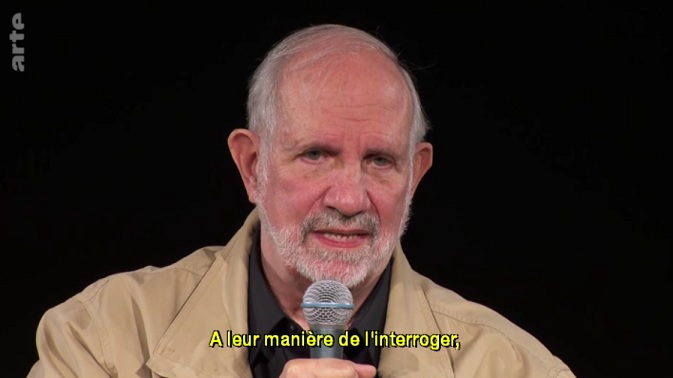
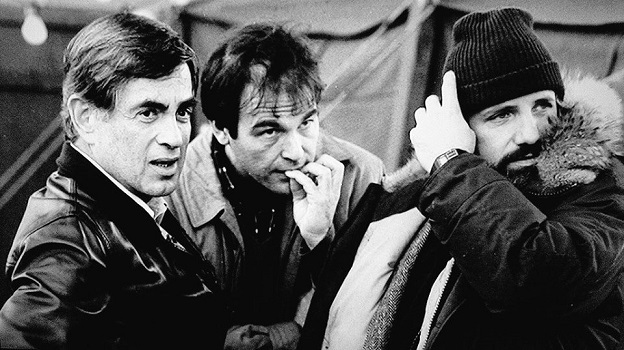
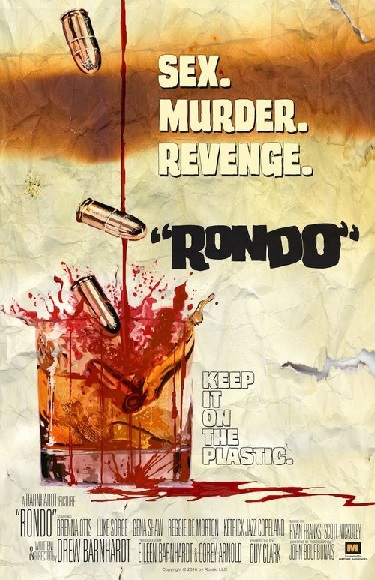 Drew Barnhardt, longtime reader of De Palma a la Mod, has a new film called Rondo, which will have its world premiere at the Fantasia International Film Festival in Montréal this summer. The festival runs July 12 – August 1.
Drew Barnhardt, longtime reader of De Palma a la Mod, has a new film called Rondo, which will have its world premiere at the Fantasia International Film Festival in Montréal this summer. The festival runs July 12 – August 1. 